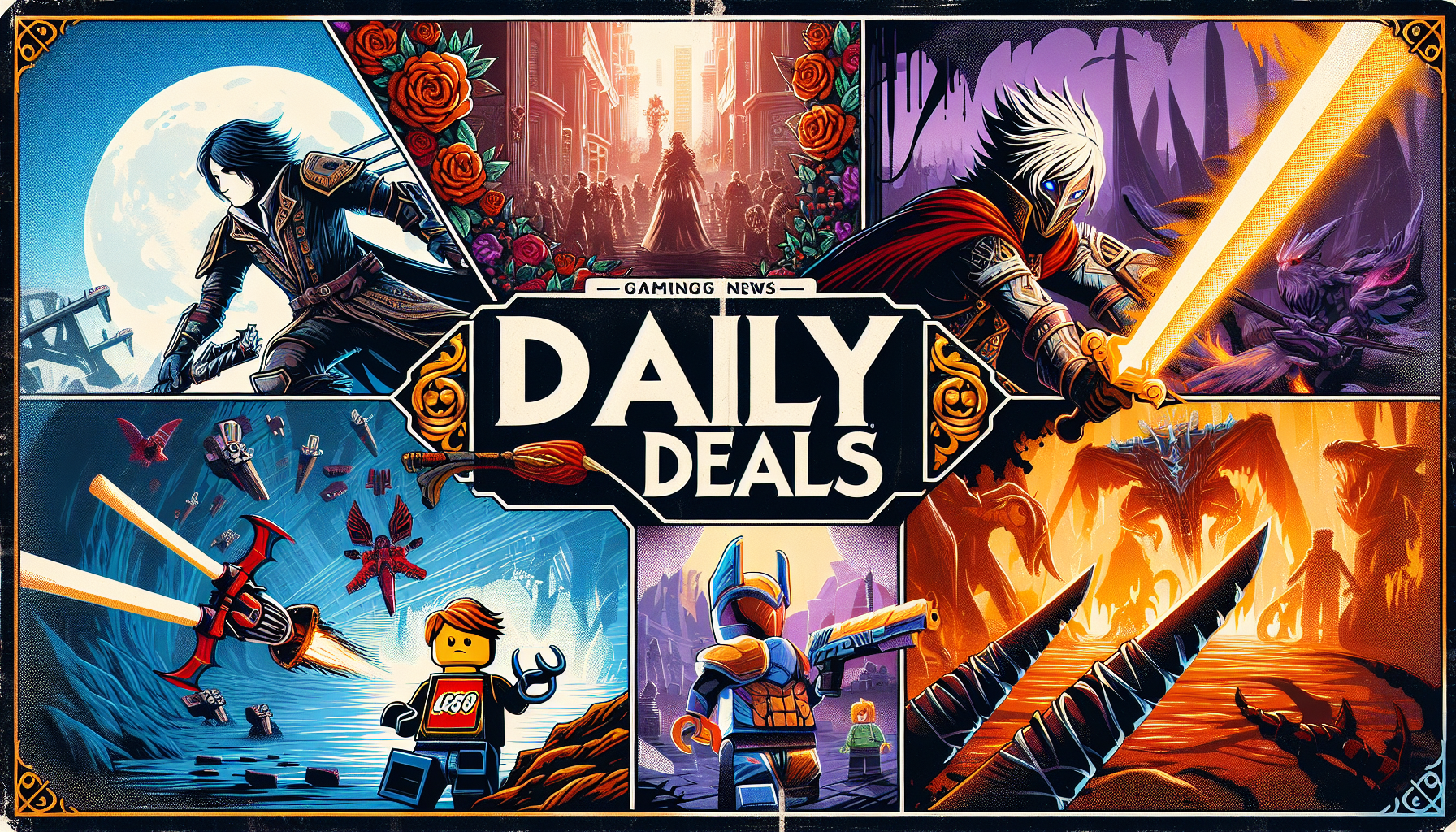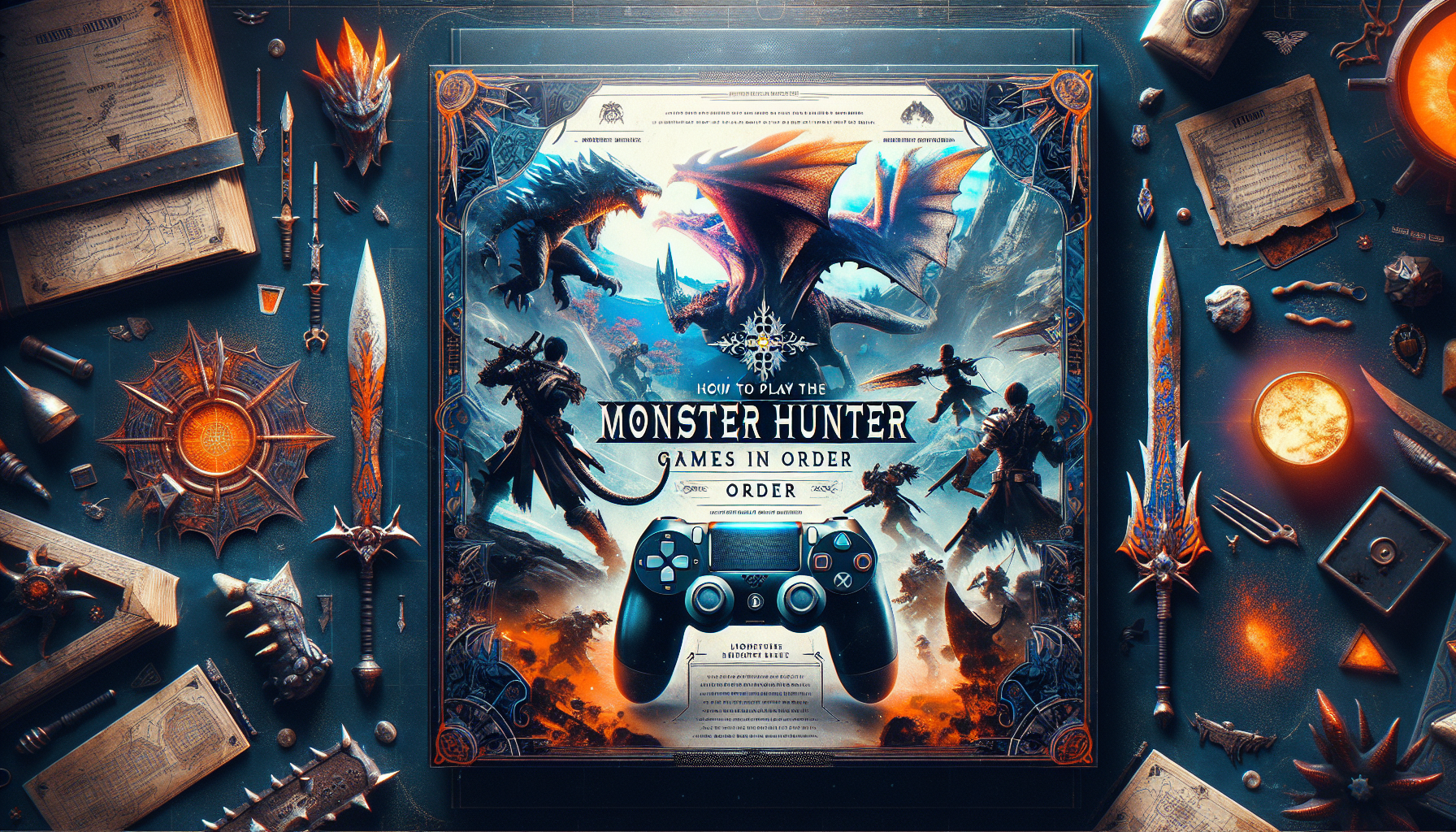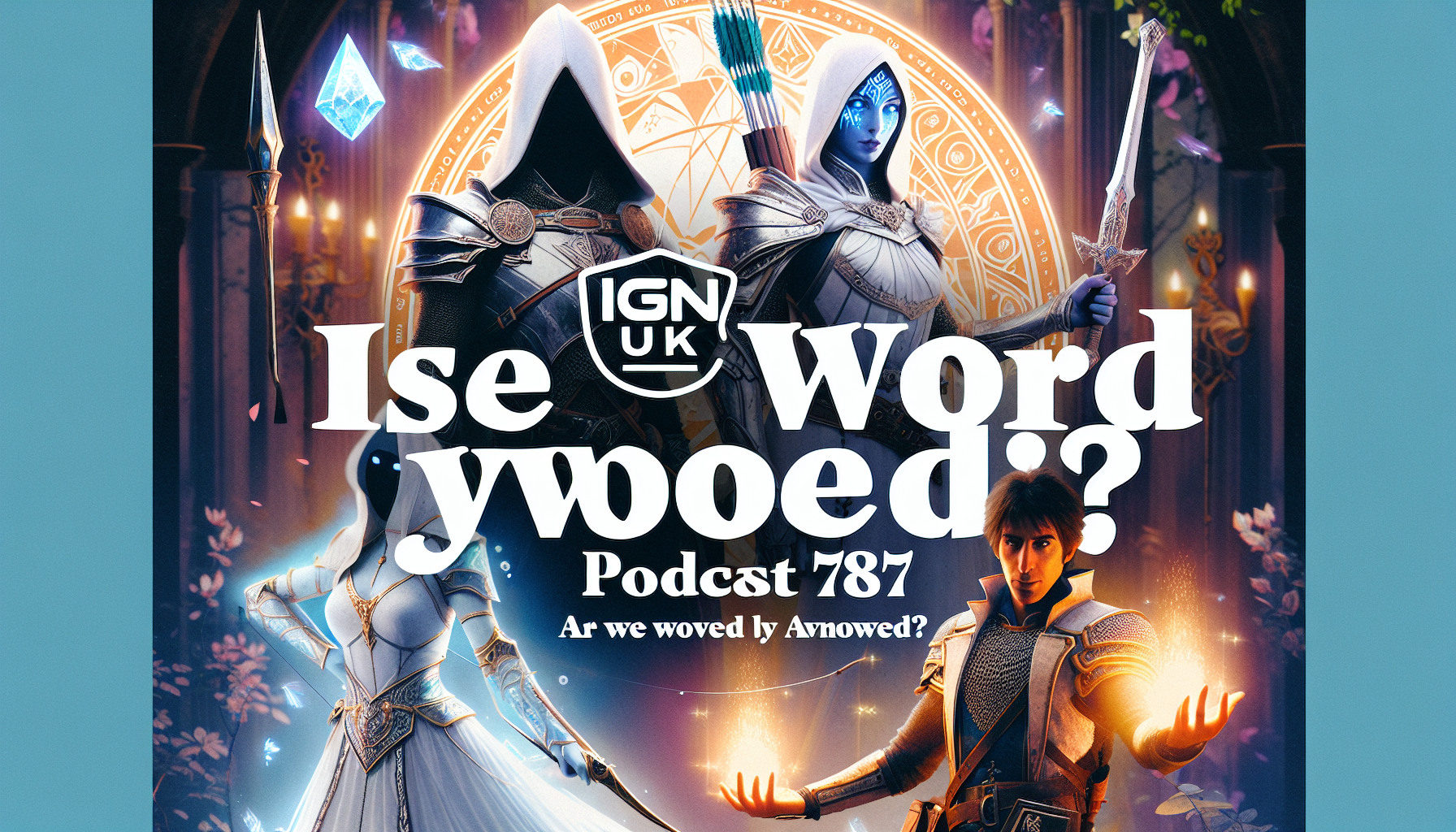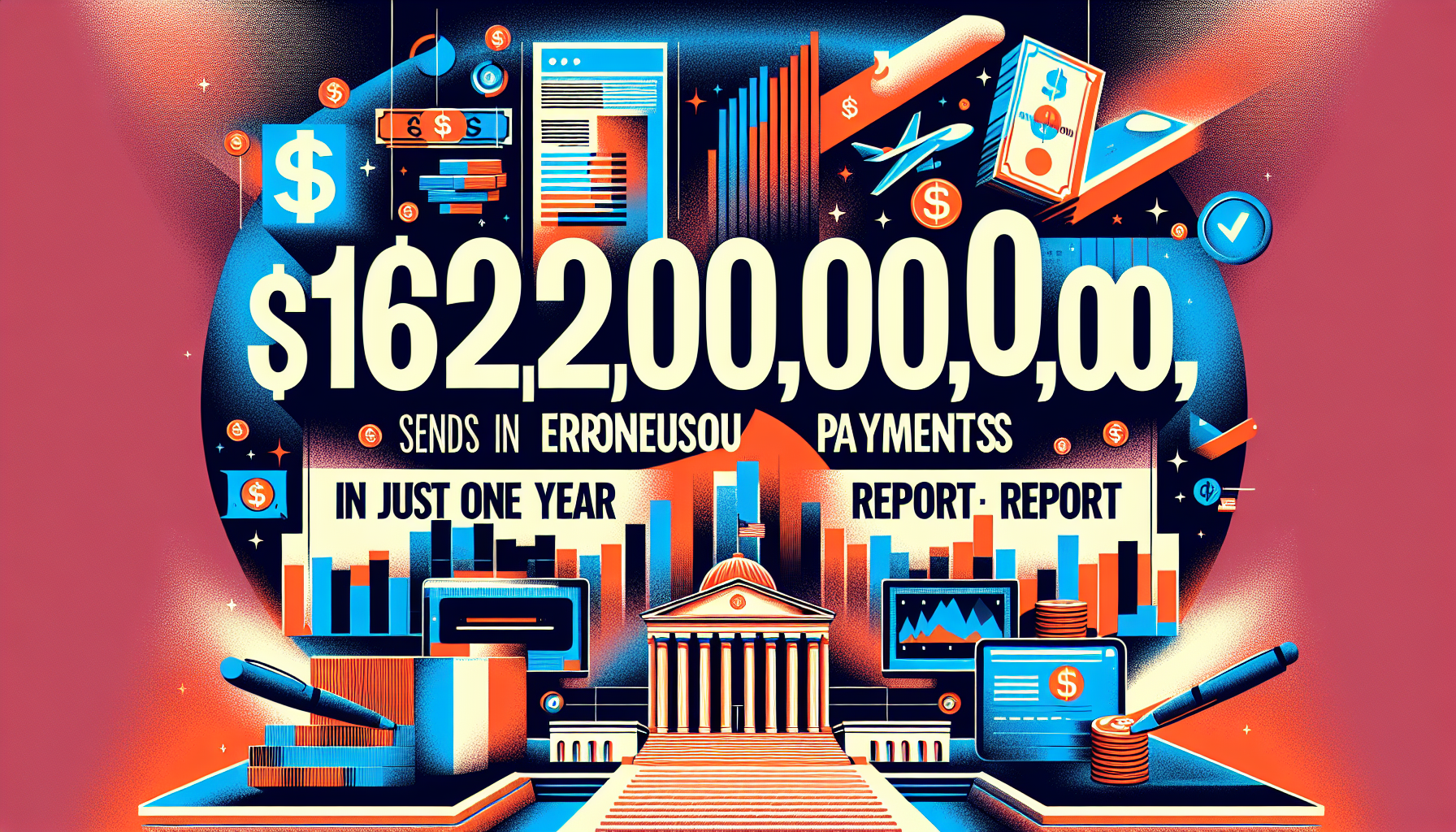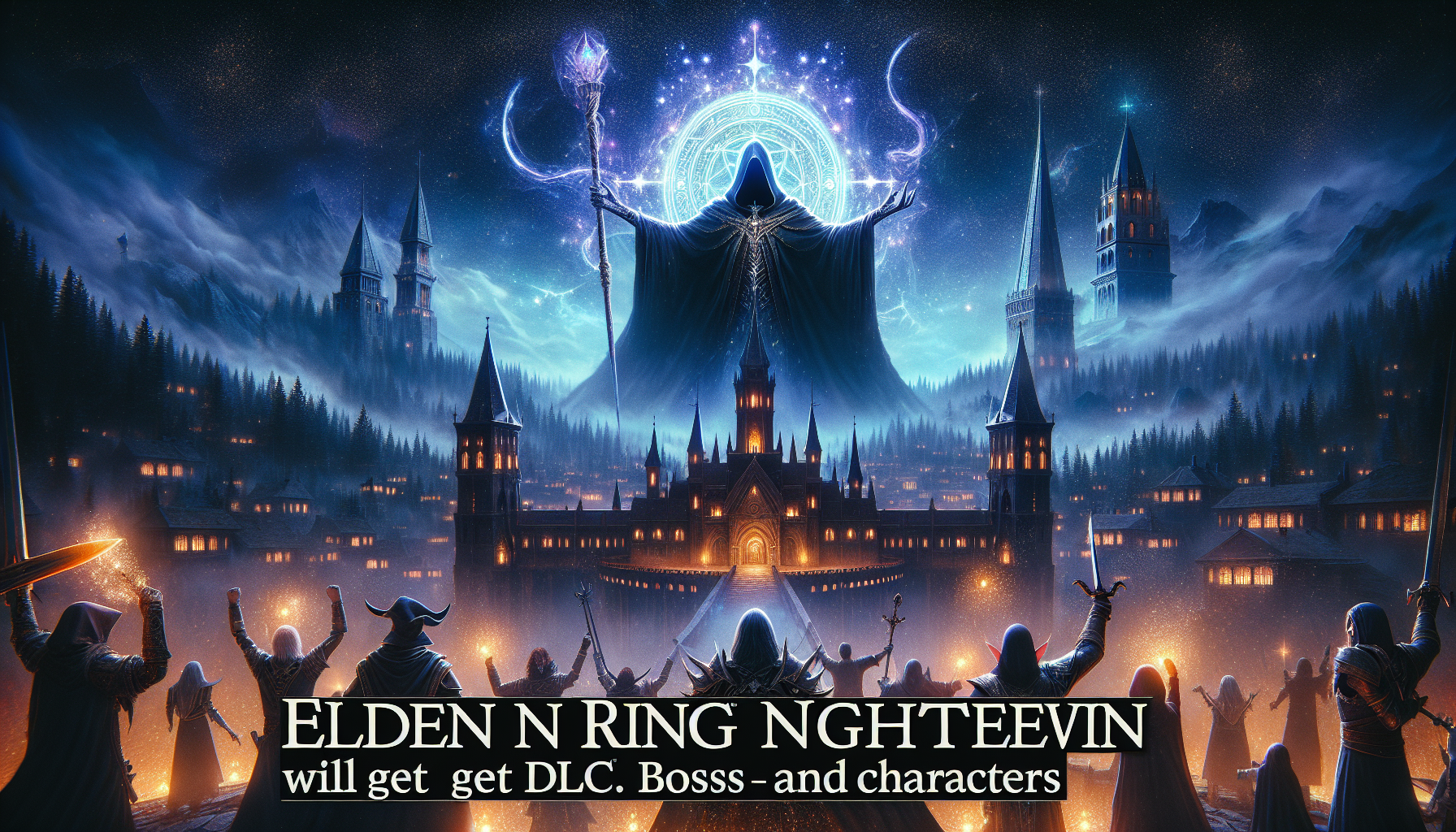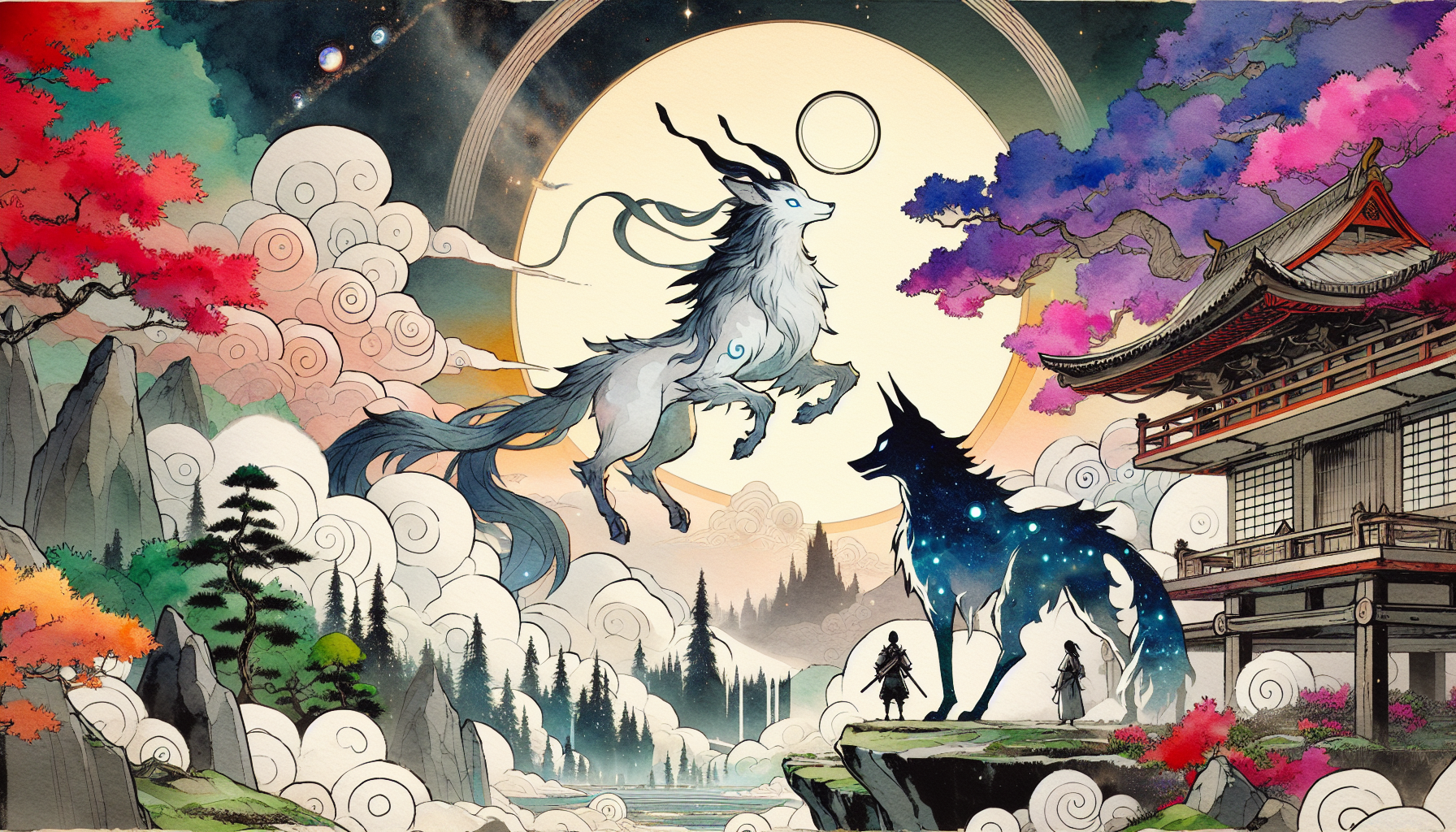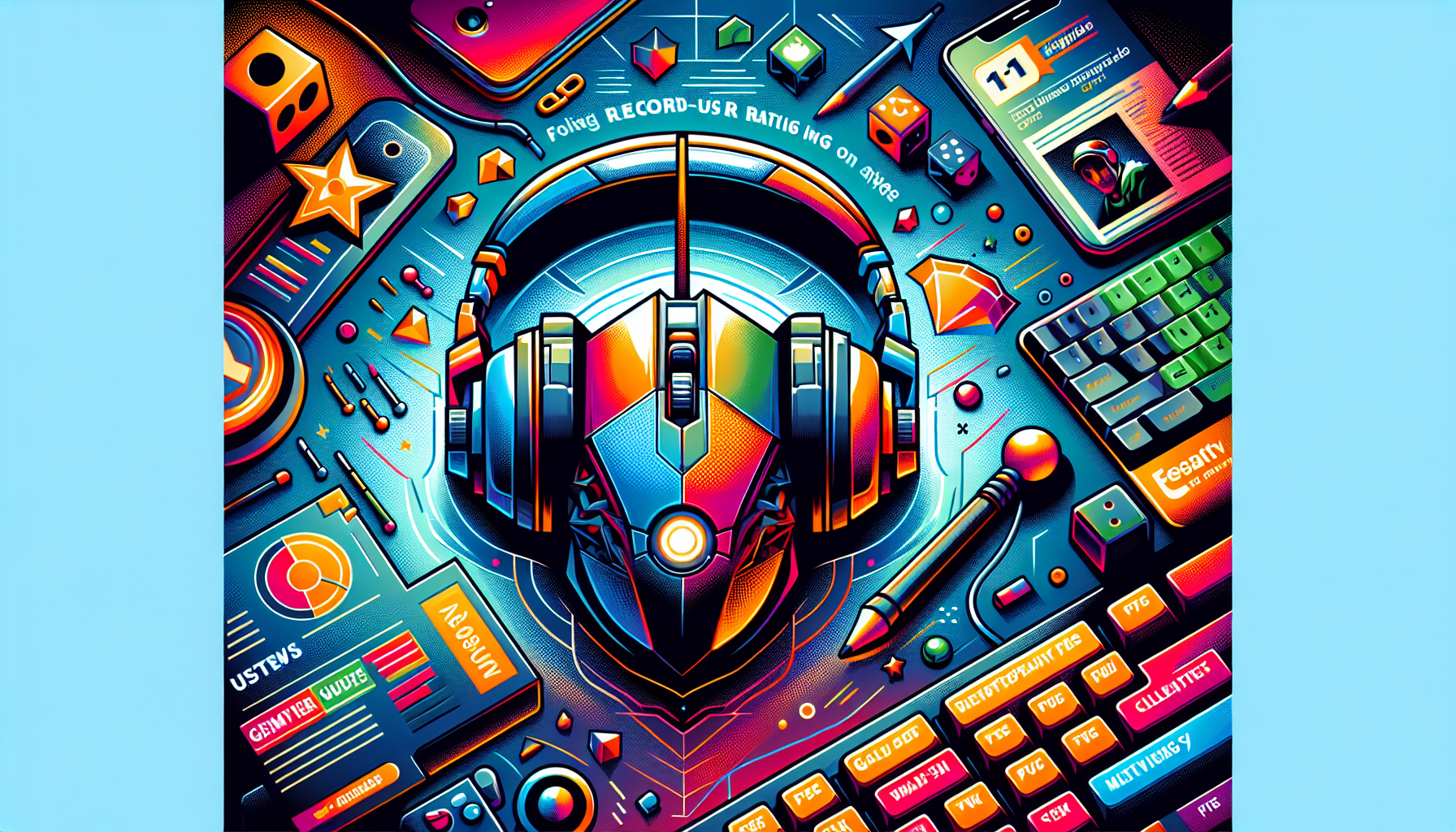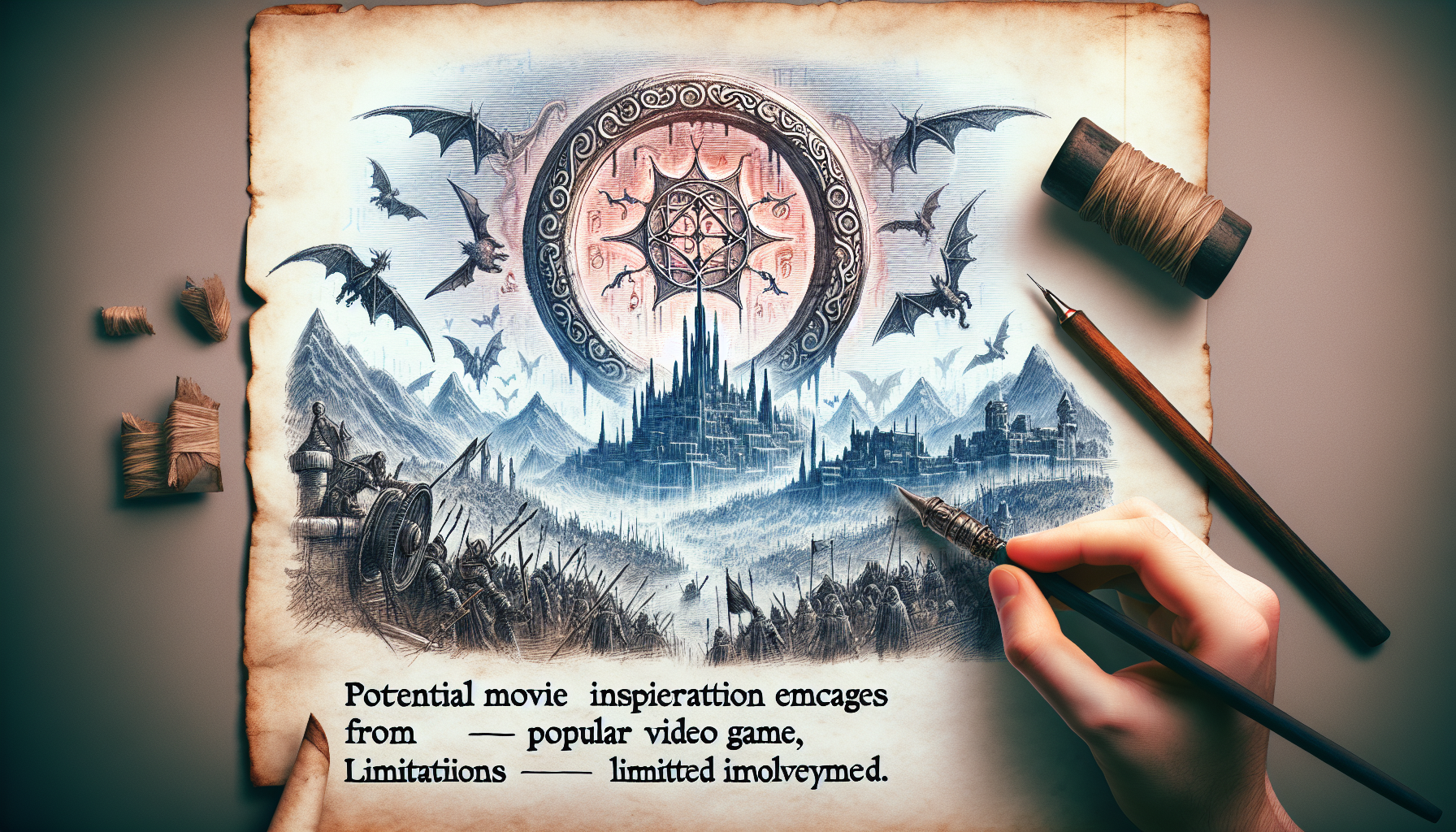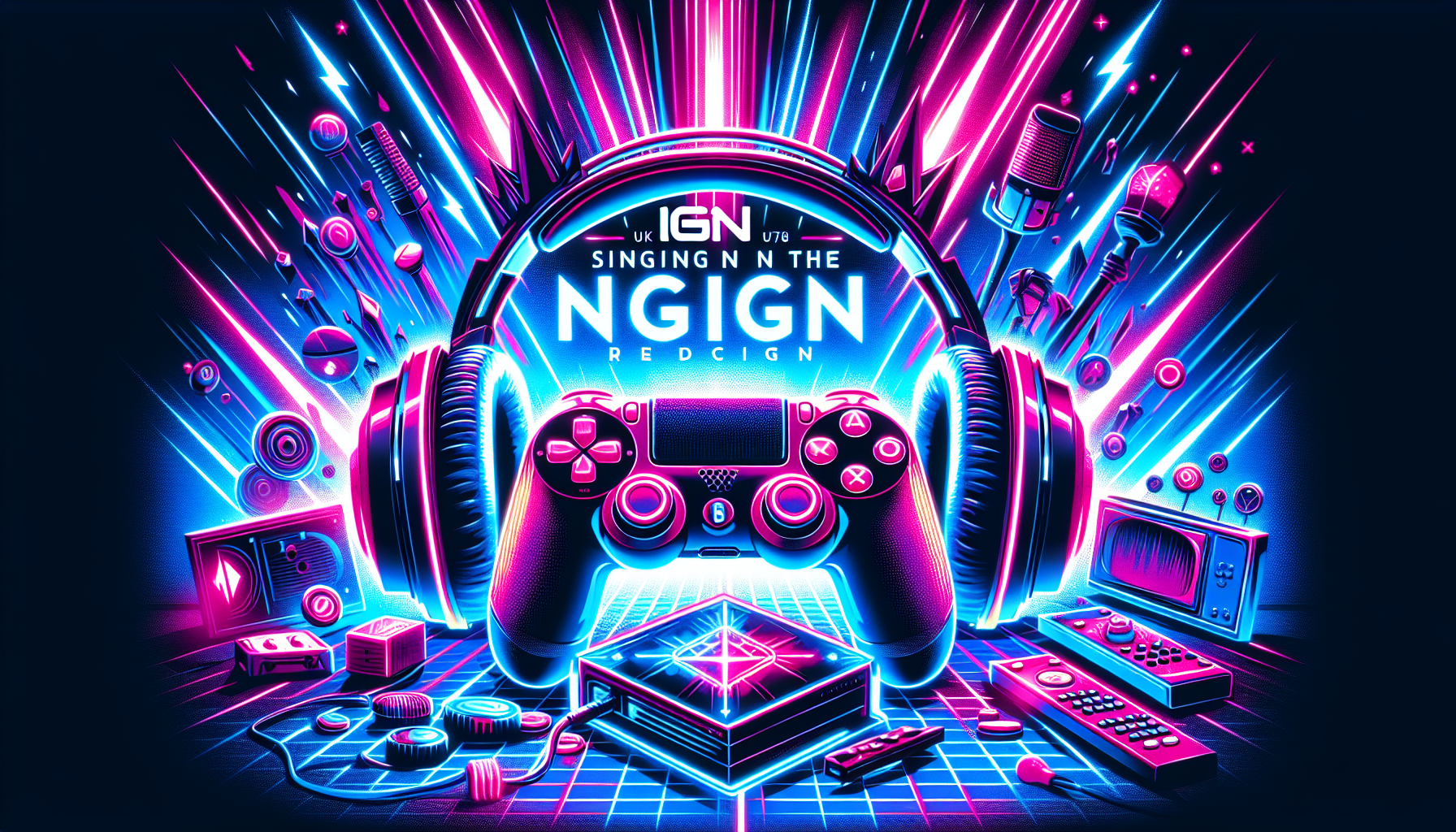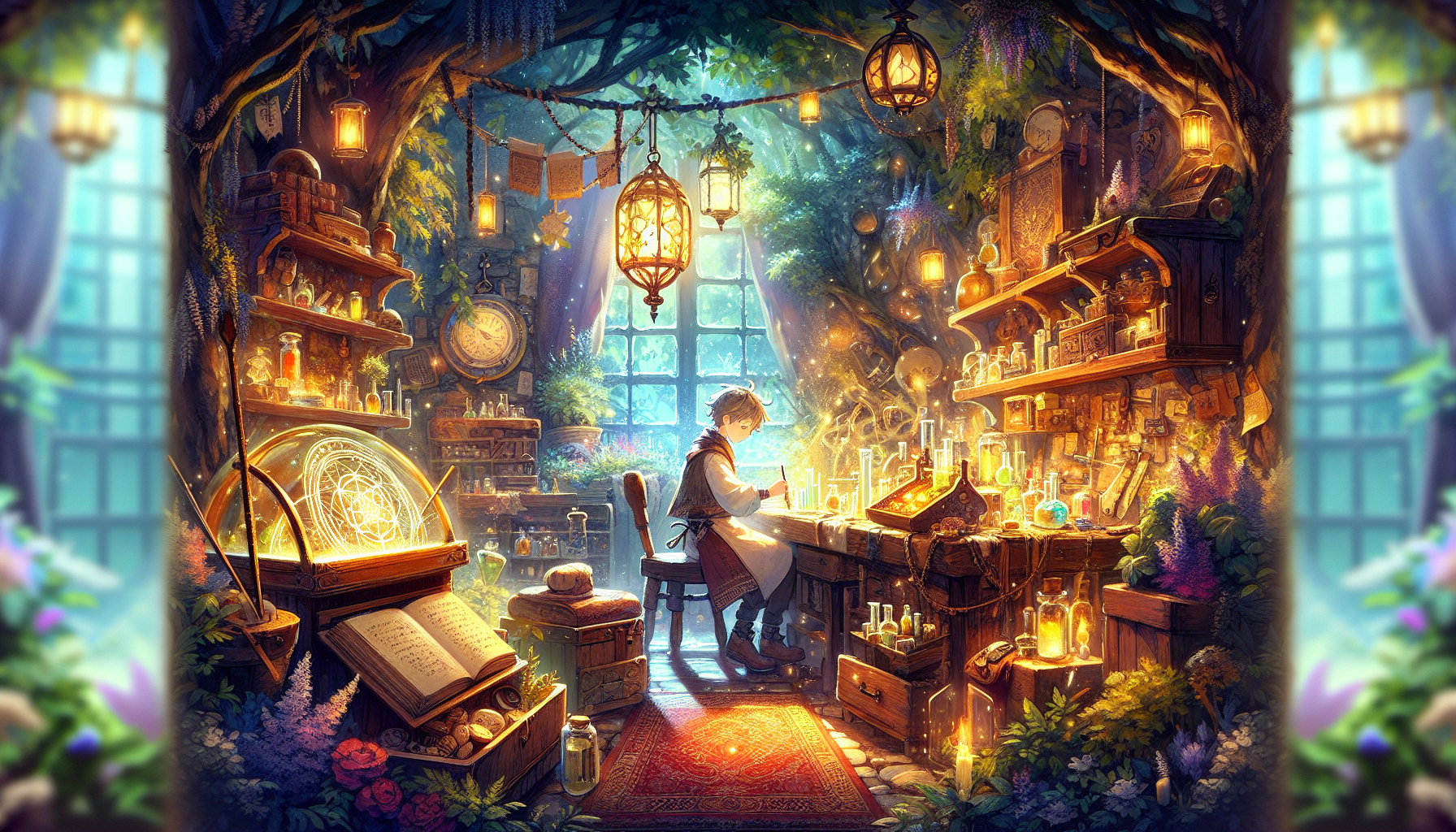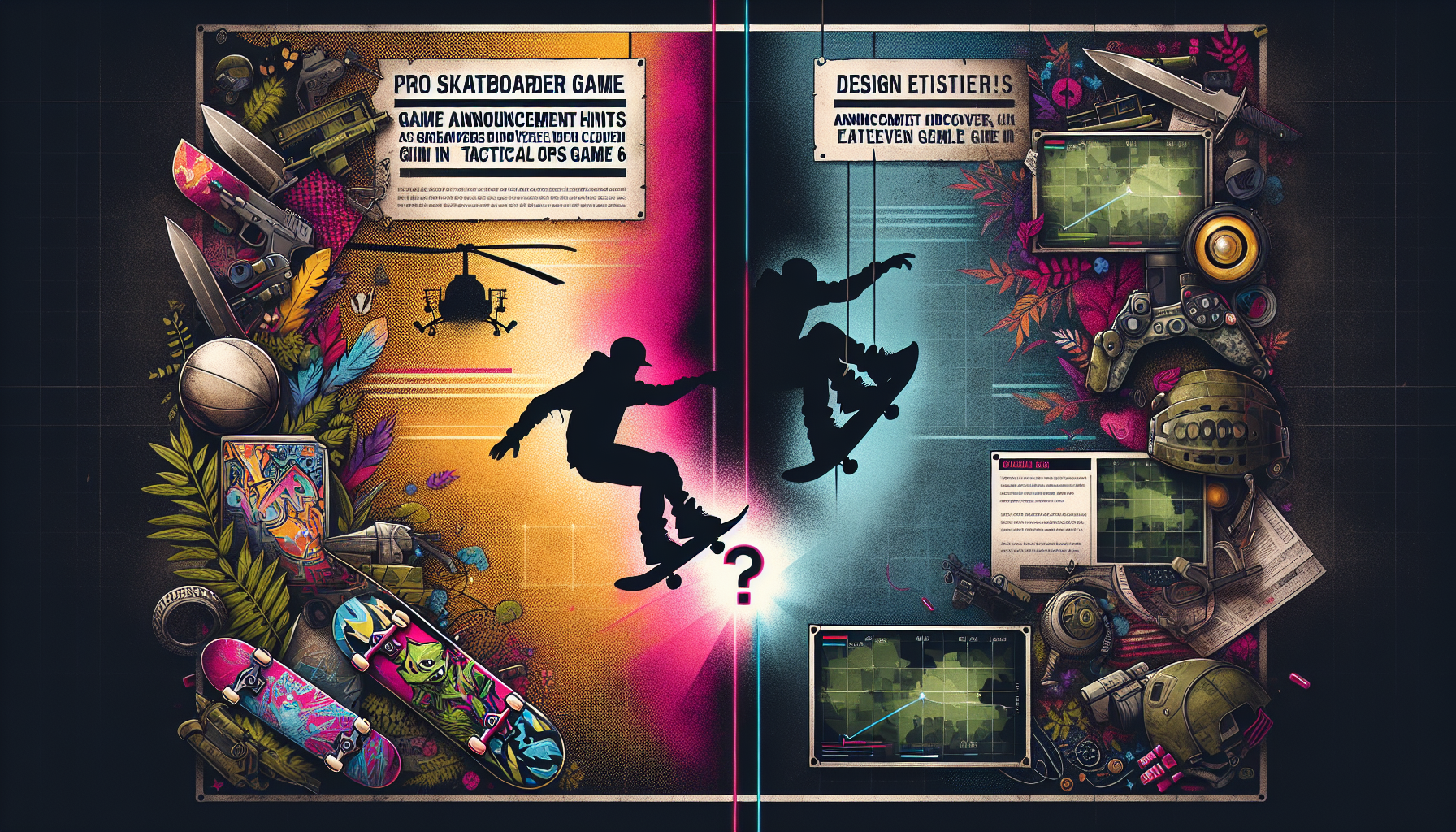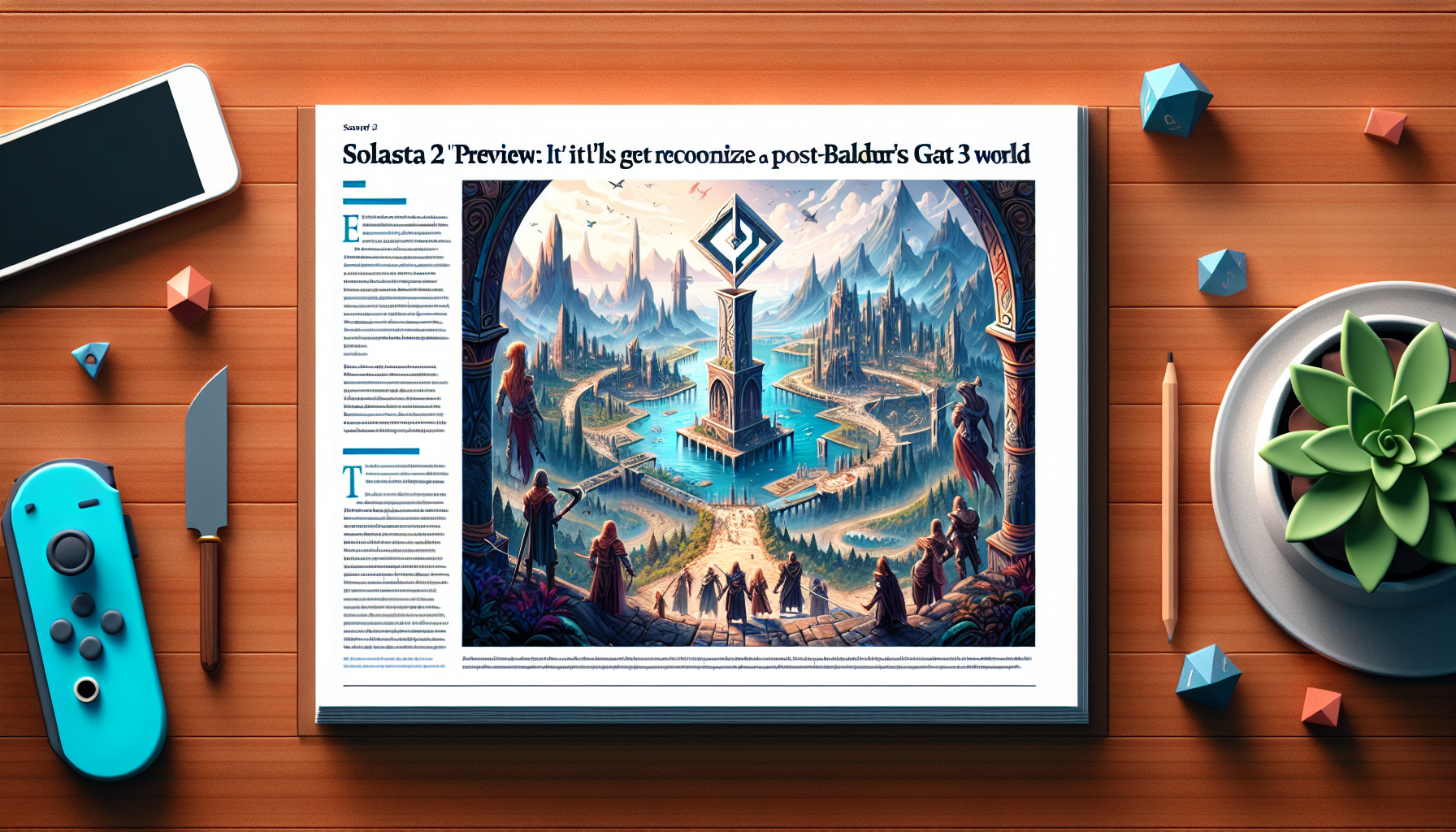# The Role of Soundtracks: Comparing Music in Anime and Video Games
In recent years, the cultural significance of music has become even more pronounced within modern entertainment. Two mediums that rely heavily on their soundtracks to enhance their emotive power and audience engagement are *anime* and *video games*. Whether you are watching an epic battle in a shonen anime or navigating an intense survival horror game, the music is almost always working in the background to elevate the experience. But how do the roles of soundtracks differ between anime and video games? In this guide, we explore the ways in which music is designed, implemented, and appreciated in anime versus video games, and how both use soundtracks to craft unparalleled emotional and immersive experiences.
## The Purpose of Soundtracks in Anime
Anime is a visual storytelling medium that relies on character development, plot, and emotional arcs to engage its viewers. The *soundtrack* in anime performs crucial functions including:
### 1. **Enhancing Emotional Impact**
One of the primary functions of music in anime is to amplify the emotional weight of the story. Whether it’s a heartfelt confession scene, an intense battle, or a gut-wrenching loss, the right music heightens the mood. A perfect example is Yoko Kanno’s soundtrack in *Cowboy Bebop*. The jazz-infused tracks not only set the tone but also provide deeper emotional resonance to the stories of existentialism and loneliness.
Another standout example is *Your Lie in April* (Shigatsu Wa Kimi No Uso), which uses classical piano and violin compositions not just as background music but as a central narrative device. The entire story revolves around music and how the main characters express their growth, love, and pain through it.
### 2. **Setting the Atmosphere and Tone**
Anime often uses music to establish its world’s atmosphere. Whether it’s the futuristic dystopia in *Akira* or the slice-of-life tranquility of *My Neighbor Totoro*, the music is what breathes life into these distinct worlds. Music composers for anime, like Joe Hisaishi (“Studio Ghibli” soundtracks) or Hiroyuki Sawano (*Attack on Titan*), expertly employ orchestral, electronic, or even hybrid arrangements to match the complexity and depth of their narratives. These compositions emotionally prime the audience for what is to come even before a word is spoken.
### 3. **Character Theme Songs**
Just like film or theater, individual theme songs associated with characters play a key role in anime. For instance, *Naruto* is known for giving beloved characters distinctive music scores—catching the viewers’ attention each time they are played. Naruto’s *”Sadness and Sorrow”* and Sasuke’s *”Wandering”* themes instantly evoke memories of the characters’ struggles and growth.
## The Purpose of Soundtracks in Video Games
Unlike anime, where the narrative is largely passive, video games create *interactive* experiences. Players must actively engage with the world, making the role of music somewhat different.
### 1. **Dynamic Control Over Emotion**
A video game soundtrack often has to be much more adaptive than an anime’s. In games, soundtracks are used to react in real-time to player actions. An excellent example of this adaptive approach is *The Legend of Zelda: Breath of the Wild*. Here, the use of ambient and dynamic sound helps create immersion on a vast, open-world scale, subtly shifting as players enter new areas, encounter enemies, or unlock new mechanics. The music doesn’t just follow the narrative—it reacts to player input.
Dynamic musical transitions best demonstrate this in action-heavy games. For example, *Doom (2016)* features music that progressively intensifies as players engage hordes of enemies, heightening tension in intense firefights. This concept of “adaptive sound design” is unique to video games, creating direct emotional feedback loops between the player and the game’s world.
### 2. **Immersion and World-Building**
Music in video games serves not only as a backdrop but also as a tool for world-building. Games like *The Witcher 3: Wild Hunt* or *Final Fantasy XV* use music to introduce a sense of place and time. *The Witcher 3*, for instance, features Slavic-inspired tracks, creating a musical tapestry that merges seamlessly with its European fantasy setting. Meanwhile, the *Final Fantasy* franchise explores a multitude of aesthetics in its soundtracks, with pieces like *”To Zanarkand”* in *Final Fantasy X* remaining iconic in shaping a profound sense of otherworldly nostalgia.
### 3. **Player-Centric Themes**
Many games frequently employ leitmotifs—repeated musical themes associated with characters, places, or ideas. Just like in anime, these musical cues function to build a deeper connection with the player. Take *The Legend of Zelda* series for example. Its *”Main Theme”* is one of the most instantly recognizable motifs in gaming, invoking a feeling of adventure for players. Critics often cite *Nobuo Uematsu’s* work in the *Final Fantasy* series as a prime example of how summonable creatures, key locations, or even emotional moments get signature tunes that are irremovable from the memories of players who have ventured through those games.
## Key Comparisons: Anime Soundtrack vs. Video Game Soundtrack
### 1. **Narrative Flow and Progression**
Anime music is typically scored linearly to match the progression of the story’s plot structure and character arcs. Video game soundtracks, on the other hand, must accommodate an unpredictable level of player interaction. While anime fans know exactly when to expect a crescendo in a climactic episode, video game players create their pacing based on actions. This makes video game music more modular and reactive.
### 2. **Engagement vs. Observation**
In anime, audiences are passive observers of a meticulously crafted experience. Hence, the soundtrack is often pre-designed to enhance specific plot points. Imagine the emotional build-up when *One Piece* brings out its iconic *“We Are!”* theme during memorable scenes. The viewer is locked into the emotional beats crafted by the director and composer.
In gaming, however, players are building their own experience within the designed narrative framework. The music is almost symbiotic, responding to the choices players make, adding or subtracting layers depending on the gameplay situation. Simply put: gamers are not just observers—they are essential participants. Look no further than *Undertale*, where the background music differs based on the player’s moral choices (choosing either the “Pacifist Route” or “Genocide Route”).
### 3. **Replayability**
Because video games offer multiple scenarios through saves, replays, or game design features, their soundtracks need to remain interesting even after multiple listens. The repetitive nature of gaming, especially in open-world or RPGs that take dozens of hours to complete, means the music needs to avoid fatigue. Composers achieve this by creating multiple themes that play subtly and dynamically change. In contrast, anime episodes or movies are designed for a singular narrative experience, so music can be more constrained in scope.
## Conclusion
Both anime and video games use music as a tool for emotional engagement, but the way this is deployed takes different forms. Anime relies on soundtracks to build emotional depth, highlight character-centric moments, and establish the narrative world without interactive input. On the other hand, video games use music dynamically, directly intertwining with gameplay to affect players based on their decisions.
When comparing music in anime and video games, the common thread is how integral soundtracks are toward creating a memorable and immersive experience. Whether through the illustrative notes of *Attack on Titan’s* Hiroyuki Sawano or the adaptive dark ambiance of *Bloodborne*’s soundtrack by Ryan Amon and company, music remains one of the most powerful tools in storytelling and gameplay. As these cultures continue to blend, offering fans immersive hybrid experiences like *Persona* and *Danganronpa*, one thing remains certain: the role of soundtracks has never been more important to anime and video games alike.
—
**Keywords**: Soundtracks in anime, video game music, anime music vs video game music, adaptive gaming soundtracks, emotional soundtracks in anime, music engagement in games, character themes in anime, dynamic game soundtracks, video game immersion music, music world-building









